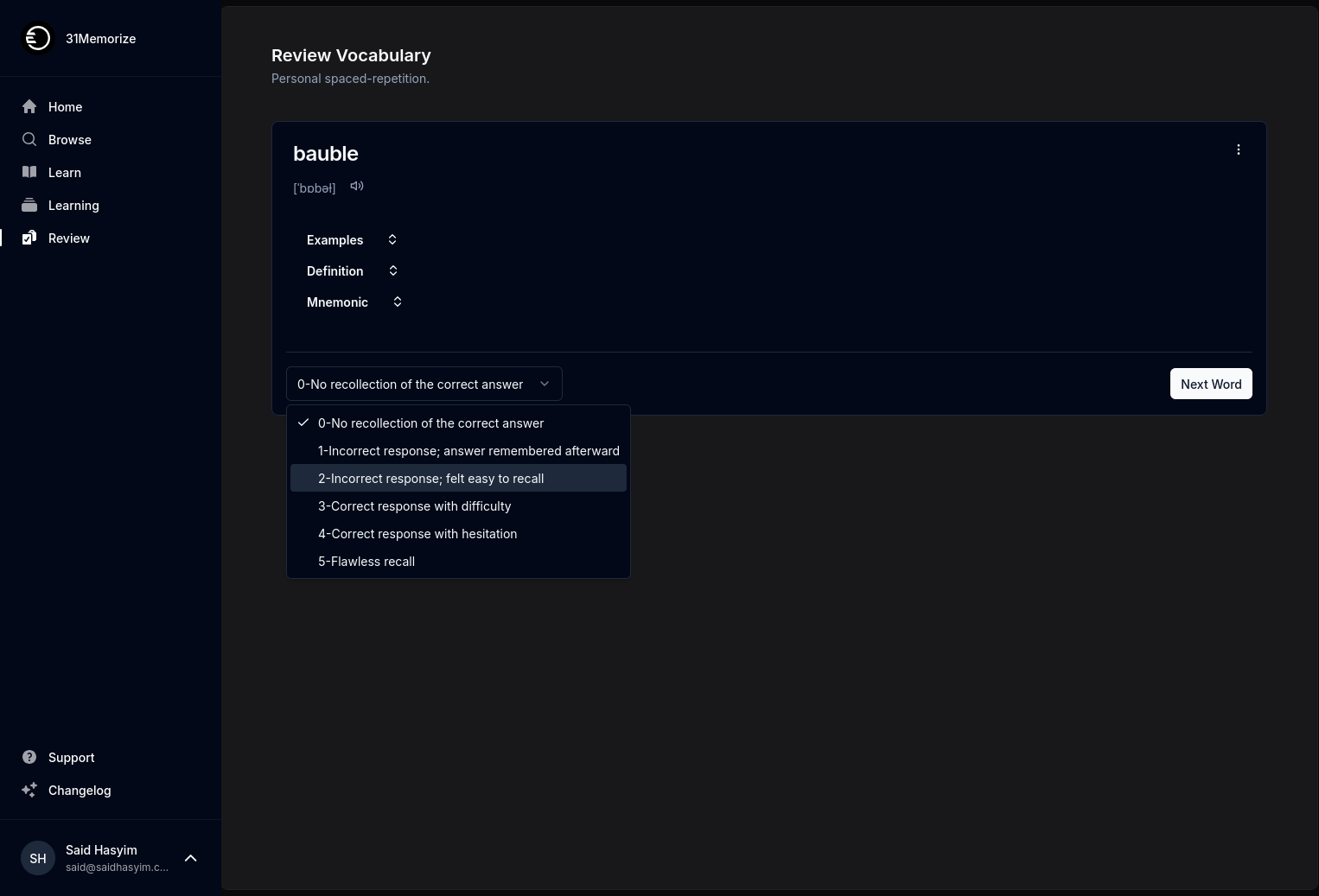Exploring the Influence of Ratings on Book Selling
In the digital age, the way we consume literature has transformed dramatically. Readers no longer just rely on word-of-mouth or personal recommendations to discover their next favorite book. Instead, they often turn to ratings and reviews posted on online platforms to shape their decisions. This blog post delves into the intricate relationship between ratings and book sales, exploring how they influence the reader's choice, author visibility, and ultimately the dynamics of the publishing industry.
The Rise of Online Ratings
The literary world has witnessed a seismic shift over the past two decades. With the rise of platforms dedicated to book discovery, such as Goodreads, Amazon, and various bookstore websites, readers now have access to a plethora of ratings and reviews that inform their purchasing decisions. This democratization of feedback has empowered readers and transformed how authors and publishers market their books.
How Ratings Work
At its core, a book rating is a quantifiable metric provided by readers that reflects their evaluation of the book. Most platforms allow users to rate books on a scale, typically from one to five stars. A higher rating often indicates a more favorable reception, while lower ratings can serve as warnings to potential readers. Along with numerical ratings, qualitative reviews also play a significant role, offering insights into what readers found compelling or off-putting about a book.
The Impact of Ratings on Reader Behavior
Decision-Making Processes
Research has shown that ratings can heavily influence reader behavior. Many consumers use similar strategies when deciding on which books to buy as they do with other products. High ratings can create a sense of validation and reassurance about a purchase, while low ratings can deter potential readers. It is not uncommon for readers to gravitate towards books with higher ratings, viewing them as a mark of quality and credibility.
The Psychological Effect
Cognitive psychology explains the "bandwagon effect," where people are more likely to adopt an idea or purchase a product if they observe others doing the same. In the context of book sales, a book that has garnered high ratings may attract more attention, leading to a self-perpetuating cycle where popularity breeds even greater popularity. This phenomenon can be particularly potent when books are newly released, as initial buzz often hinges on early ratings.
Marketing and Promotion Strategies
The Author's Perspective
For authors, understanding the importance of ratings is crucial in today's digital marketplace. Having a solid rating can mean the difference between a book gaining traction or languishing in obscurity. Many authors actively encourage readers to leave ratings and reviews after finishing their books, understanding that even a few five-star reviews can elevate a book's visibility on online platforms.
Publishing Industry Practices
Publishers also recognize the value of ratings, often leveraging them in their marketing campaigns. Books with high average ratings may feature prominently in advertisements and promotional materials, while those with lower ratings can be overlooked in favor of more favorable options. Publishers may even allocate more resources to promote books that are already performing well in the ratings department, thus creating a feedback loop that benefits highly rated titles.
The Role of Influencers and Bloggers
In the burgeoning world of bookstagrammers, book tubers, and literary bloggers, ratings have taken on a new dimension. Influencers wield significant power in shaping reader perceptions. Their reviews can lead to increased sales for the books they spotlight. Conversely, negative reviews from popular influencers can be detrimental, influencing their followers’ views and purchasing decisions.
Community and Engagement
The communal aspect of rating books also enhances the reader's experience. Platforms such as Goodreads encourage readers to discuss and debate books, creating a sense of community. Readers can interact with authors and fellow book lovers, further supporting the idea that ratings are not merely about quantifying a book's quality but also about fostering connections within the reading community.
The Backlash Against Ratings
Despite the advantages, the emphasis on ratings is not without its criticisms. Some argue that ratings simplify the complexity of literature into a mere number, ignoring nuances that make a book resonate with individual readers. A five-star rating may not reflect the depth of a reader's connection to a book, while a one-star rating could stem from a misalignment of expectations rather than a poor quality of writing.
The Dangers of Manipulation
There is also concern about the potential for rating manipulation. Some authors and publishers have been known to engage in unethical practices to inflate ratings artificially, leading to a mistrust of the system as a whole. With strategies ranging from soliciting only positive reviews to outright fraudulent ratings, the integrity of platforms can be compromised, leading to an erosion of confidence among readers.
Final Thoughts
As we navigate an increasingly digitized literary landscape, it is crucial to recognize the influence that ratings exert on book sales. They you shape reader behavior, impact marketing strategies, and dictate the visibility of authors in an overcrowded marketplace. While there are both pros and cons to this system, there is no denying that ratings will continue to play a significant role in the future of book discovery.
Whether you’re an avid reader, an aspiring author, or a passionate literary advocate, the next time you pick up a book, consider how ratings and reviews have shaped your decision. In understanding this dynamic, we can better appreciate the complex tapestry of the literary world and the myriad factors that contribute to a book's success or failure in an ever-evolving market.
